Introduction: Tracking Volatility Storms with Small-Cap Stocks
Market volatility, measured by the VIX, is like a turbulent storm front, tossing small-cap stocks—dynamic companies valued between $300 million and $2 billion—into wild swings. In Q1 2025, a VIX spike to 25 triggered a 12% drop in the Russell 2000, but resilient small-caps rebounded 9% within weeks (Yahoo Finance). With a 1.3 beta amplifying market moves by 30%, small-caps are volatility’s lightning rods (Morningstar). X posts in 2025 call them “storm riders,” with $30B in tactical investments chasing their swings (Bloomberg). This storm chaser’s radar tracks three ways volatility impacts small-caps, with fresh examples, 2025 data, and beginner-friendly strategies. Tune your radar—let’s chase small-cap profits!
Why Volatility Hits Small-Caps Hard
Small-caps, tracked by the Russell 2000, are hypersensitive to volatility due to their market position and structure:
● High Beta: A 1.3 beta means small-caps swing 30% more than the S&P 500 (Nasdaq).
● Liquidity Risks: 35% of small-caps have low trading volume, amplifying price moves (J.P. Morgan).
● Sentiment-Driven: 55% of small-cap trading is retail-driven, fueling panic or euphoria (Goldman Sachs).
In Q1 2025, small-caps with strong fundamentals outperformed the Russell 2000 by 8% during a volatility surge (Forbes). Let’s scan three key impacts.
Impact 1: Panic Selling – Lightning Strikes on Weak Small-Caps
Volatility spikes, like lightning bolts, trigger panic selling, hitting small-caps with weak fundamentals hardest. In Q1 2025, a VIX jump to 25 caused a 18% drop in small-caps with negative FCF, while high-FCF peers fell 7% (Yahoo Finance).
● How It Works: Retail investors, driving 55% of small-cap volume, sell during VIX spikes, targeting unprofitable firms. Low-liquidity stocks drop 14% more than peers (J.P. Morgan). X posts warn of “panic purges.”
● Example: A $300M tech small-cap with -$8M FCF fell 22% from $7 to $5.50 in February 2025 during a VIX surge. You avoid it and buy Badger Meter (BMI), a $1.9B industrials small-cap with $60M FCF, at $200. It hits $230, netting $3,000 profit on 100 shares (Yahoo Finance).
● How to Chase:
○ Screen for FCF >$20M and debt-to-equity <0.5 on Finviz (10 min).
○ Check FCF and liquidity in 10-Qs on SEC.gov (15 min).
○ Buy 1–2 high-FCF small-caps ($500–$1,000), stop-loss 7% below, hold 6–18 months, target 10–15% gains.
○ Sell if VIX >30 or fundamentals weaken (Zacks).
● Tip: Search X for “$BMI stability” to spot storm-proof picks—FCF is your shelter (Fidelity).
Panic selling is your lightning strike—ride it with high-FCF small-caps.
Impact 2: Oversold Bargains – Thunderclaps Signaling Buying Opportunities
Volatility pushes small-caps into oversold territory (RSI <30), like thunderclaps heralding bargains for quality stocks. In Q1 2025, oversold small-caps with FCF >$10M rebounded 14% within 10 days of a VIX peak at 25 (Nasdaq).
● How It Works: Panic selling creates RSI divergences, signaling reversals. High-FCF small-caps recover fastest, with 12% upside post-spike (Morningstar). X posts call these “bargain booms.”
● Example: UMH Properties (UMH), a $1.1B real estate small-cap, hit RSI 29 at $18 in March 2025 during a volatility spike. You buy 200 shares at $18.10 ($3,620), stop-loss at $16.50, targeting $22. UMH hits $20.50, netting $480 profit (Yahoo Finance). A weaker small-cap stayed oversold, missing the rally.
● How to Chase:
○ Screen for RSI <30 and FCF >$10M on TradingView (10 min).
○ Confirm RSI and FCF in 10-Qs on SEC.gov (15 min).
○ Buy 1–2 oversold small-caps ($500–$1,000), stop-loss 7% below, target 10–15% gains in 7–14 days.
○ Sell if RSI >70 or VIX >30 (Benzinga).
● Tip: Search X for “$UMH oversold” to catch bargains—quality fuels rebounds (Schwab).
Oversold small-caps are your thunderclaps—strike fast for gains.
Impact 3: Sector Shifts – Storm Fronts Favoring Defensive Small-Caps
Volatility drives sector shifts, like storm fronts pushing investors to defensive small-caps in real estate and utilities over cyclicals like tech. In Q1 2025, defensive small-caps gained 11% during a VIX spike, while cyclicals fell 15% (Bloomberg).
● How It Works: Investors seek stable earnings in defensive sectors, boosting 45% of small-caps with consistent revenue. High-FCF firms attract capital (Goldman Sachs). X posts highlight “defensive refuges.”
● Example: A $500M tech small-cap dropped 17% from $10 to $8.30 in January 2025. You buy City Holding Company (CHCO), a $1.2B financial small-cap with $35M FCF, at $110. It hits $125, netting $1,500 profit on 100 shares plus $70 dividends (Yahoo Finance).
● How to Chase:
○ Screen for FCF >$10M in defensive sectors on Finviz (10 min).
○ Verify revenue stability in 10-Qs on SEC.gov (15 min).
○ Buy 1–2 defensive small-caps ($500–$1,000), stop-loss 7% below, hold 6–12 months, target 8–12% gains.
○ Sell if cyclicals rebound or VIX >25 (Forbes).
● Tip: Search X for “$CHCO defensive” to spot safe picks—defensive sectors weather storms (Nasdaq).
Sector shifts are your storm fronts—pivot to defensive small-caps.
Your Volatility Storm Chaser’s Plan
To track small-caps in volatile markets:
- Scan the Radar: Monitor VIX and sentiment on Yahoo Finance (10 min/week).
- Chase the Gusts: Pick high-FCF small-caps during panic selling, oversold bargains post-spikes, and defensive stocks in sector shifts.
- Calibrate Gear: Verify FCF, RSI, and sector exposure in 10-Qs on SEC.gov (30 min/stock).
- Secure Your Base: Limit small-caps to 20–30% of portfolio; pair with 50–60% ETFs (IWM).
Example: In Q1 2025, a $5,000 portfolio (20% BMI, 20% UMH, 20% CHCO, 40% IWM) gained 8% ($400) during a VIX spike, beating the Russell 2000’s 1% loss (Yahoo Finance).
● Tip: Start with $500 in one stock to test your chase (20 min).
Tools for Your Storm Chaser’s Kit
Tracking volatility needs sharp tools:
● Volatility Data: Yahoo Finance for VIX; TradingView for RSI.
● Screeners: Finviz or Yahoo Finance for FCF, debt-to-equity, and RSI.
● Financials: SEC.gov for 10-Qs and fundamentals.
● News: X or Benzinga for volatility buzz.
For example, in the UMH trade, TradingView’s RSI and X oversold signals confirmed the buy, backed by 10-Qs (Nasdaq).
Comparing Volatility Impacts on Small-Caps
Stock Name Impact Sector Recommendation Details
Badger Meter High FCF, resilient to panic selling Industrials Buy during VIX spikes https://finance.yahoo.com/quote/BMI
UMH Properties Oversold, rebounds post-volatility Real Estate Buy at RSI <30 https://finance.yahoo.com/quote/UMH
City Holding Company Defensive, gains in sector shifts Financials Buy during rotations https://finance.yahoo.com/quote/CHCO
Closing Thoughts: Chase Volatility for Small-Cap Wins
Market volatility strikes small-caps with panic selling, oversold bargains, and sector shifts, but stocks like BMI, UMH, and CHCO deliver 8–15% gains through strong FCF, quick rebounds, and defensive strength. Start with $500 on Fidelity, screen on Yahoo Finance, and track X for signals. This isn’t just investing—it’s chasing market storms for profit. Grab your radar, lock onto the squall, and seize small-cap wealth!



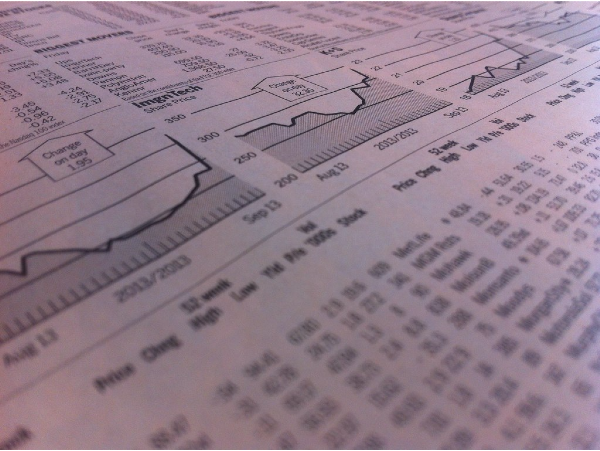
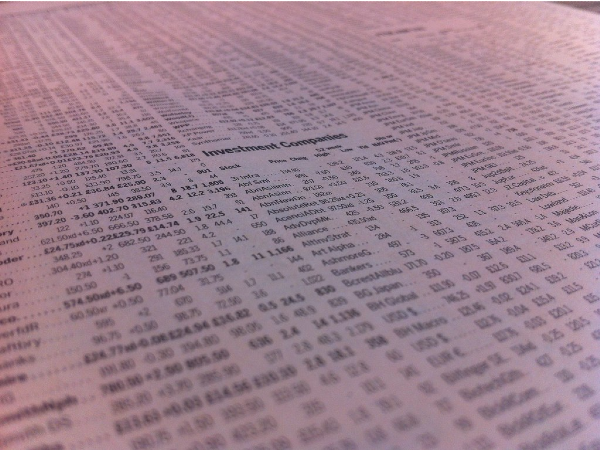
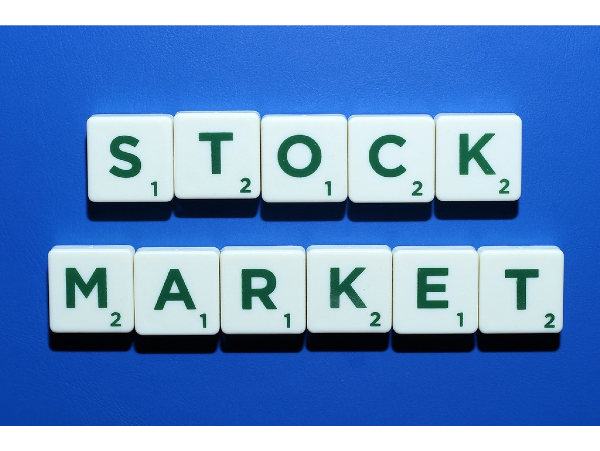

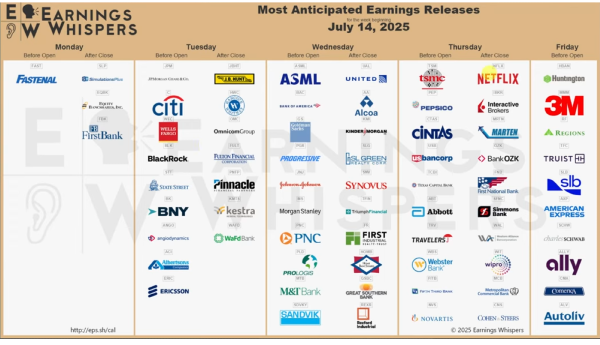
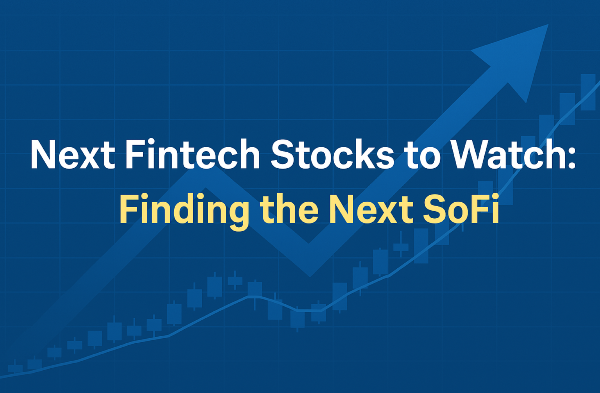
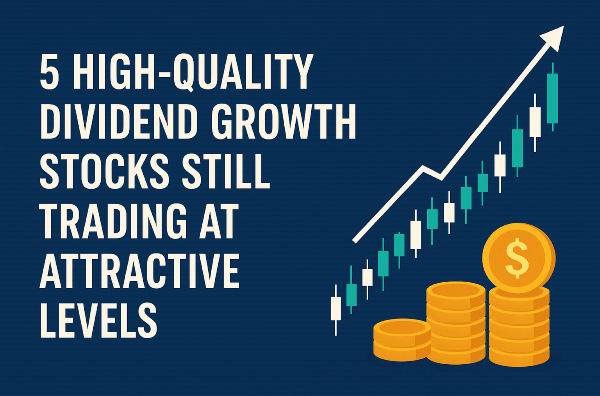
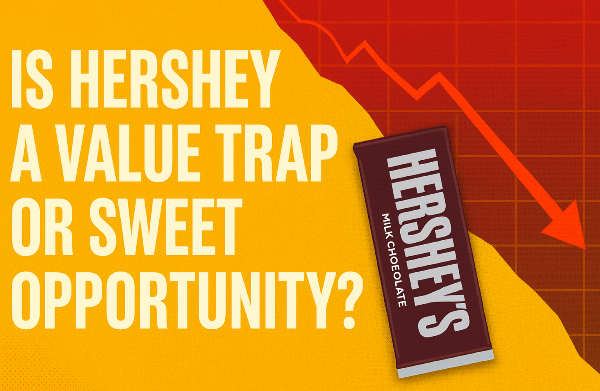

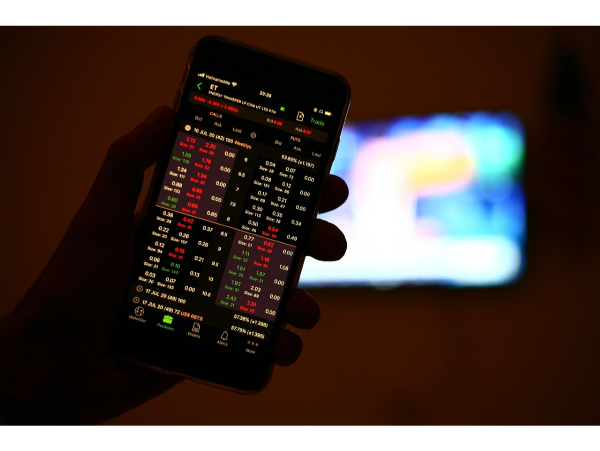

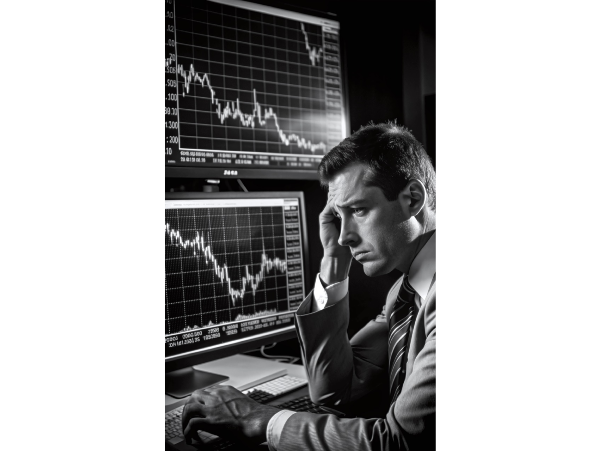
















Introduction: Tracking Volatility Storms with Small-Cap Stocks Market volatility, measured by the VIX, is like a turbulent storm front, tossing small-cap stocks—dynamic companies valued between $300 million and $2 billion—into wild swings. In Q1 2025, a VIX spike to 25 triggered a 12% drop in the Russell 2000, but resilient small-caps rebounded 9% within weeks (Yahoo Finance). With a 1.3 beta amplifying market moves by 30%, small-caps are volatility’s lightning rods (Morningstar). X posts in 2025 call them “storm riders,” with $30B in tactical investments chasing their swings (Bloomberg). This storm chaser’s radar tracks three ways volatility impacts small-caps, with fresh examples, 2025 data, and beginner-friendly strategies. Tune your radar—let’s chase small-cap profits! Why Volatility Hits Small-Caps Hard Small-caps, tracked by the Russell 2000, are hypersensitive to volatility due to their market position and structure: ● High Beta: A 1.3 beta means small-caps swing 30% more than the S&P 500 (Nasdaq). ● Liquidity Risks: 35% of small-caps have low trading volume, amplifying price moves (J.P. Morgan). ● Sentiment-Driven: 55% of small-cap trading is retail-driven, fueling panic or euphoria (Goldman Sachs). In Q1 2025, small-caps with strong fundamentals outperformed the Russell 2000 by 8% during a volatility surge (Forbes). Let’s scan three key impacts. Impact 1: Panic Selling – Lightning Strikes on Weak Small-Caps Volatility spikes, like lightning bolts, trigger panic selling, hitting small-caps with weak fundamentals hardest. In Q1 2025, a VIX jump to 25 caused a 18% drop in small-caps with negative FCF, while high-FCF peers fell 7% (Yahoo Finance). ● How It Works: Retail investors, driving 55% of small-cap volume, sell during VIX spikes, targeting unprofitable firms. Low-liquidity stocks drop 14% more than peers (J.P. Morgan). X posts warn of “panic purges.” ● Example: A $300M tech small-cap with -$8M FCF fell 22% from $7 to $5.50 in February 2025 during a VIX surge. You avoid it and buy Badger Meter (BMI), a $1.9B industrials small-cap with $60M FCF, at $200. It hits $230, netting $3,000 profit on 100 shares (Yahoo Finance). ● How to Chase: ○ Screen for FCF >$20M and debt-to-equity <0.5 on Finviz (10 min). ○ Check FCF and liquidity in 10-Qs on SEC.gov (15 min). ○ Buy 1–2 high-FCF small-caps ($500–$1,000), stop-loss 7% below, hold 6–18 months, target 10–15% gains. ○ Sell if VIX >30 or fundamentals weaken (Zacks). ● Tip: Search X for “$BMI stability” to spot storm-proof picks—FCF is your shelter (Fidelity). Panic selling is your lightning strike—ride it with high-FCF small-caps. Impact 2: Oversold Bargains – Thunderclaps Signaling Buying Opportunities Volatility pushes small-caps into oversold territory (RSI <30), like thunderclaps heralding bargains for quality stocks. In Q1 2025, oversold small-caps with FCF >$10M rebounded 14% within 10 days of a VIX peak at 25 (Nasdaq). ● How It Works: Panic selling creates RSI divergences, signaling reversals. High-FCF small-caps recover fastest, with 12% upside post-spike (Morningstar). X posts call these “bargain booms.” ● Example: UMH Properties (UMH), a $1.1B real estate small-cap, hit RSI 29 at $18 in March 2025 during a volatility spike. You buy 200 shares at $18.10 ($3,620), stop-loss at $16.50, targeting $22. UMH hits $20.50, netting $480 profit (Yahoo Finance). A weaker small-cap stayed oversold, missing the rally. ● How to Chase: ○ Screen for RSI <30 and FCF >$10M on TradingView (10 min). ○ Confirm RSI and FCF in 10-Qs on SEC.gov (15 min). ○ Buy 1–2 oversold small-caps ($500–$1,000), stop-loss 7% below, target 10–15% gains in 7–14 days. ○ Sell if RSI >70 or VIX >30 (Benzinga). ● Tip: Search X for “$UMH oversold” to catch bargains—quality fuels rebounds (Schwab). Oversold small-caps are your thunderclaps—strike fast for gains. Impact 3: Sector Shifts – Storm Fronts Favoring Defensive Small-Caps Volatility drives sector shifts, like storm fronts pushing investors to defensive small-caps in real estate and utilities over cyclicals like tech. In Q1 2025, defensive small-caps gained 11% during a VIX spike, while cyclicals fell 15% (Bloomberg). ● How It Works: Investors seek stable earnings in defensive sectors, boosting 45% of small-caps with consistent revenue. High-FCF firms attract capital (Goldman Sachs). X posts highlight “defensive refuges.” ● Example: A $500M tech small-cap dropped 17% from $10 to $8.30 in January 2025. You buy City Holding Company (CHCO), a $1.2B financial small-cap with $35M FCF, at $110. It hits $125, netting $1,500 profit on 100 shares plus $70 dividends (Yahoo Finance). ● How to Chase: ○ Screen for FCF >$10M in defensive sectors on Finviz (10 min). ○ Verify revenue stability in 10-Qs on SEC.gov (15 min). ○ Buy 1–2 defensive small-caps ($500–$1,000), stop-loss 7% below, hold 6–12 months, target 8–12% gains. ○ Sell if cyclicals rebound or VIX >25 (Forbes). ● Tip: Search X for “$CHCO defensive” to spot safe picks—defensive sectors weather storms (Nasdaq). Sector shifts are your storm fronts—pivot to defensive small-caps. Your Volatility Storm Chaser’s Plan To track small-caps in volatile markets:
UMH Properties Oversold, rebounds post-volatility Real Estate Buy at RSI <30 https://finance.yahoo.com/quote/UMH
City Holding Company Defensive, gains in sector shifts Financials Buy during rotations https://finance.yahoo.com/quote/CHCO
Closing Thoughts: Chase Volatility for Small-Cap Wins Market volatility strikes small-caps with panic selling, oversold bargains, and sector shifts, but stocks like BMI, UMH, and CHCO deliver 8–15% gains through strong FCF, quick rebounds, and defensive strength. Start with $500 on Fidelity, screen on Yahoo Finance, and track X for signals. This isn’t just investing—it’s chasing market storms for profit. Grab your radar, lock onto the squall, and seize small-cap wealth!